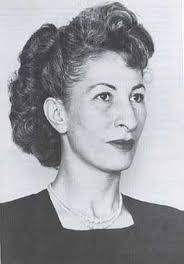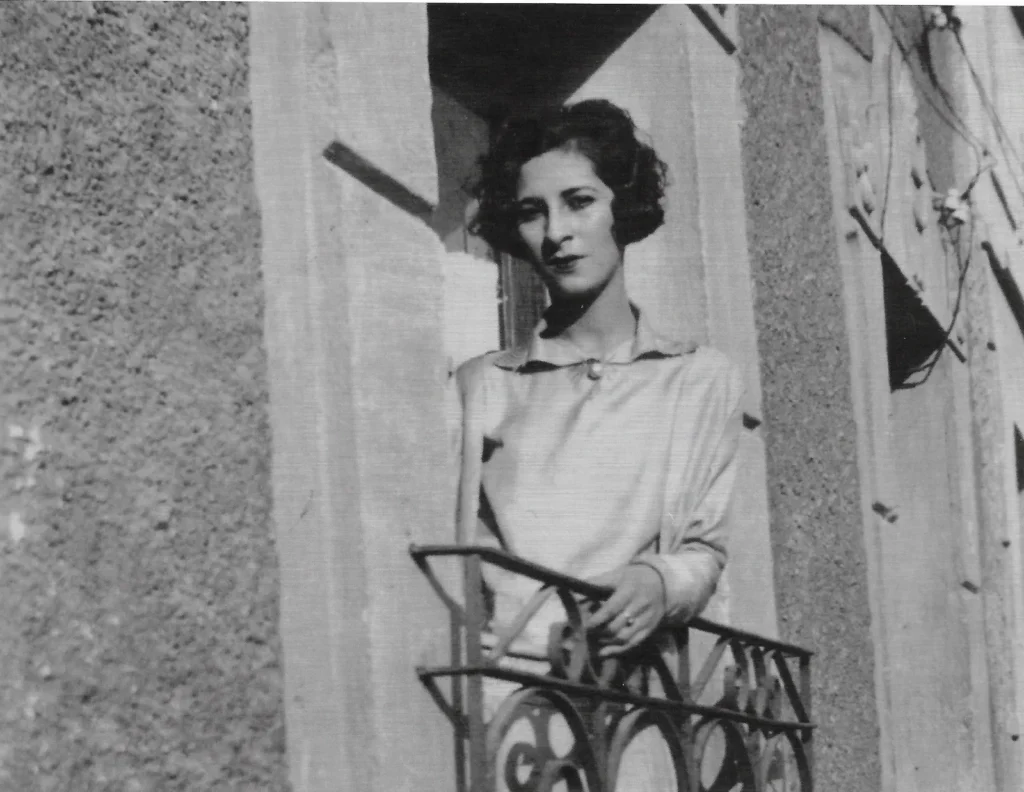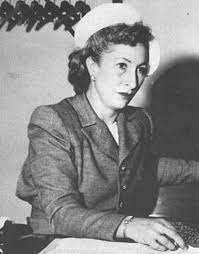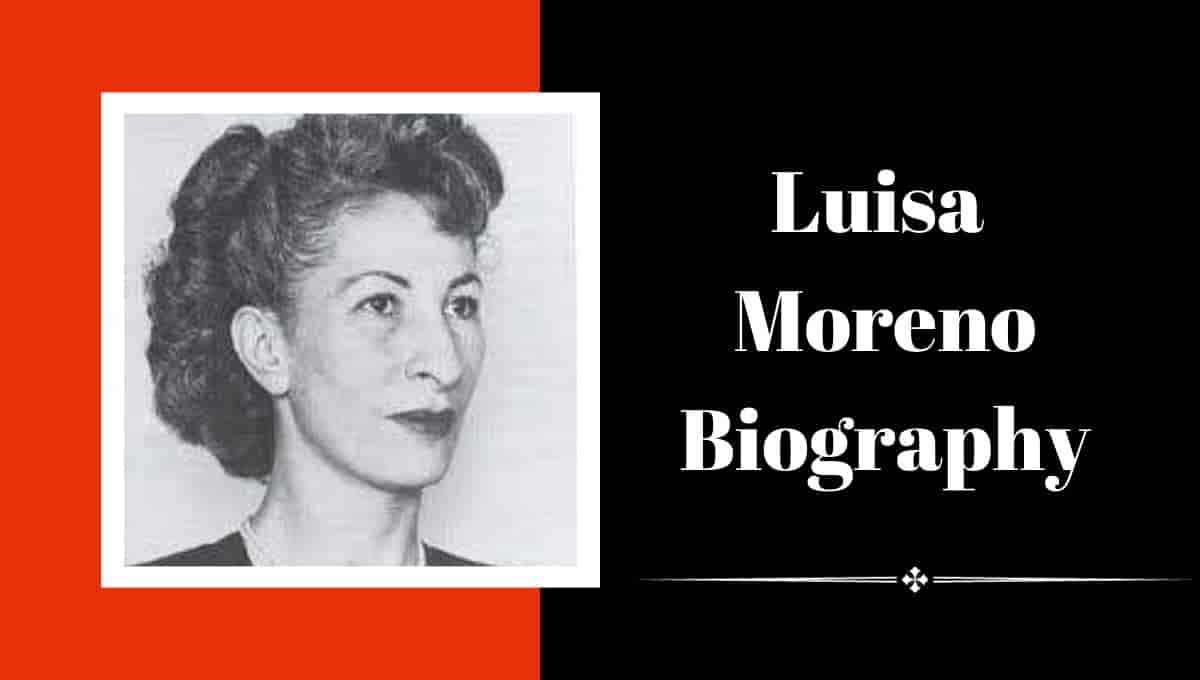Luisa Moreno Wikipedia, Wiki, Age, History, Quotes, Biography
Luisa Moreno Wikipedia, Wiki, Age, History, Quotes, Biography – Luisa Moreno’s life was nothing short of extraordinary. Born on August 30, 1906, in Guatemala, she grew up in Oakland, California, until her teenage years. Her journey was marked by a deep commitment to social justice and a tireless dedication to improving the lives of workers, especially Latinos and women. In this article, we will explore the remarkable life and contributions of Luisa Moreno, a pioneer in the American labor movement and civil rights activism.

Early Life and Activism
Luisa Moreno’s early years in Guatemala were marked by the limitations placed on her education due to her gender. Frustrated by the patriarchy that denied her access to higher education, she took action. At the young age of 20, Moreno organized a group to advocate for female students’ rights to attend college. Her determination to challenge societal norms was already evident.
Her journey toward activism continued when she moved to Mexico City and began working as a reporter, seeking stories that could impact the world. However, it was her move to New York City at the age of 28 that would set the stage for her impactful career as a labor leader.
Labor Rights Activism
In New York City, Moreno found employment as a seamstress in a garment factory. This experience exposed her to the harsh realities of the garment industry, including exploitation, low wages, and dangerous working conditions. Moreno, fueled by her outrage, joined forces with a group of Latino labor activists who were fighting for workplace reform and women’s rights. Her involvement in several garment strikes signaled her dedication to improving the lives of workers.
Recognizing her potential as an organizer, the American Federation of Labor (AFL) hired Luisa Moreno as a professional organizer. Her first mission was to assist in the organization of underpaid workers in Florida’s tobacco fields. This was a pivotal moment in her career, as she actively engaged with black and Latino cigar rollers, advocating for their rights.
In 1940, Moreno took on the role of editor for the Spanish-language newspaper of the United Cannery, Agricultural, Packing, and Allied Workers of America (UCAPAWA), an organization affiliated with the Congress of Industrial Organizations (CIO). Her role as an editor allowed her to reach a wider audience and shed light on the struggles of Latino workers.
One of Moreno’s most significant contributions was her involvement in the organization of the El Congreso de Pueblos de Habla Española (Spanish-speaking People’s Congress) in 1939. Alongside activists like Josefina Fierro de Bright and Eduardo Quevedo, she played a key role in this historical event, which marked the first national Latino civil rights assembly. Moreno’s dedication to labor rights and civil rights was unwavering.
Civil Rights Advocacy
Luisa Moreno’s activism extended beyond labor rights; she was deeply committed to the civil rights movement. She was appalled by the pervasive racial discrimination and segregation that marred the United States during her time. In 1947, she took a stand by helping establish a defense committee to fight against the unjust arrest of Mexican Americans in Los Angeles, who were falsely accused of murder. Her involvement in civil rights causes showcased her determination to combat injustice on all fronts.

Unfortunately, Luisa Moreno’s involvement in the Communist Party during the second Red Scare led to her forced retirement from activism in the United States. Fearing persecution, she left the country with her second husband, Gary Bemis, and moved to Mexico City on November 30, 1950. This departure marked the end of her active involvement in American labor and civil rights movements.
Legacy and Impact
Luisa Moreno’s contributions to the pre-Chicano and American labor movements cannot be overstated. Her tireless efforts paved the way for future activists and significantly advanced the cause of workers’ rights. It was activists and historians in the 1970s who began to reconstruct her role in these movements, ensuring that her legacy would not be forgotten.
One notable tribute to Luisa Moreno can be seen in Judy Baca’s Great Wall of Los Angeles mural, where Cal San workers are memorialized, with Moreno’s image prominently featured. Her story is also featured in the “American Enterprise” exhibit at the National Museum of American History, underscoring her significance in American labor history.

Conclusion
Luisa Moreno, the Guatemalan immigrant, civil rights activist, and labor leader, left an indelible mark on American history. Her journey from Guatemala to the United States was one of determination, resilience, and unwavering commitment to social justice. Despite facing obstacles and persecution, Moreno’s legacy lives on as an inspiration to all those who strive for a more just, inclusive, and equitable society. We honor her memory by continuing to fight for immigrant and civil rights and by working towards a fair and compassionate labor movement. Luisa Moreno’s life reminds us that change is possible through dedication, activism, and a resolute belief in justice for all.
What was Luisa Moreno known for?
Luisa Moreno was well-known for being a Guatemalan-American labor activist. She founded one of the first gatherings where Latino people came together to fight for their rights in the United States. She worked hard to make sure that Latino workers were treated fairly and had better working conditions.
What did Luisa Moreno fight for?
Luisa Moreno fought for many important things. One of the things she fought for was to make sure that women had the same chances to go to college as men. She even started a campaign to make this happen, and it succeeded. When she was in her twenties, she moved to New York City after working as a journalist for a short time.
When did Luisa Moreno get deported?
Luisa Moreno had to leave the United States on November 30, 1950. She went to Mexico City with her second husband, Gary Bemis, who was from Nebraska. The reason she had to leave was because the government said she had been a member of the Communist Party in the past, and they ordered her to leave the country.
Read More Bio








